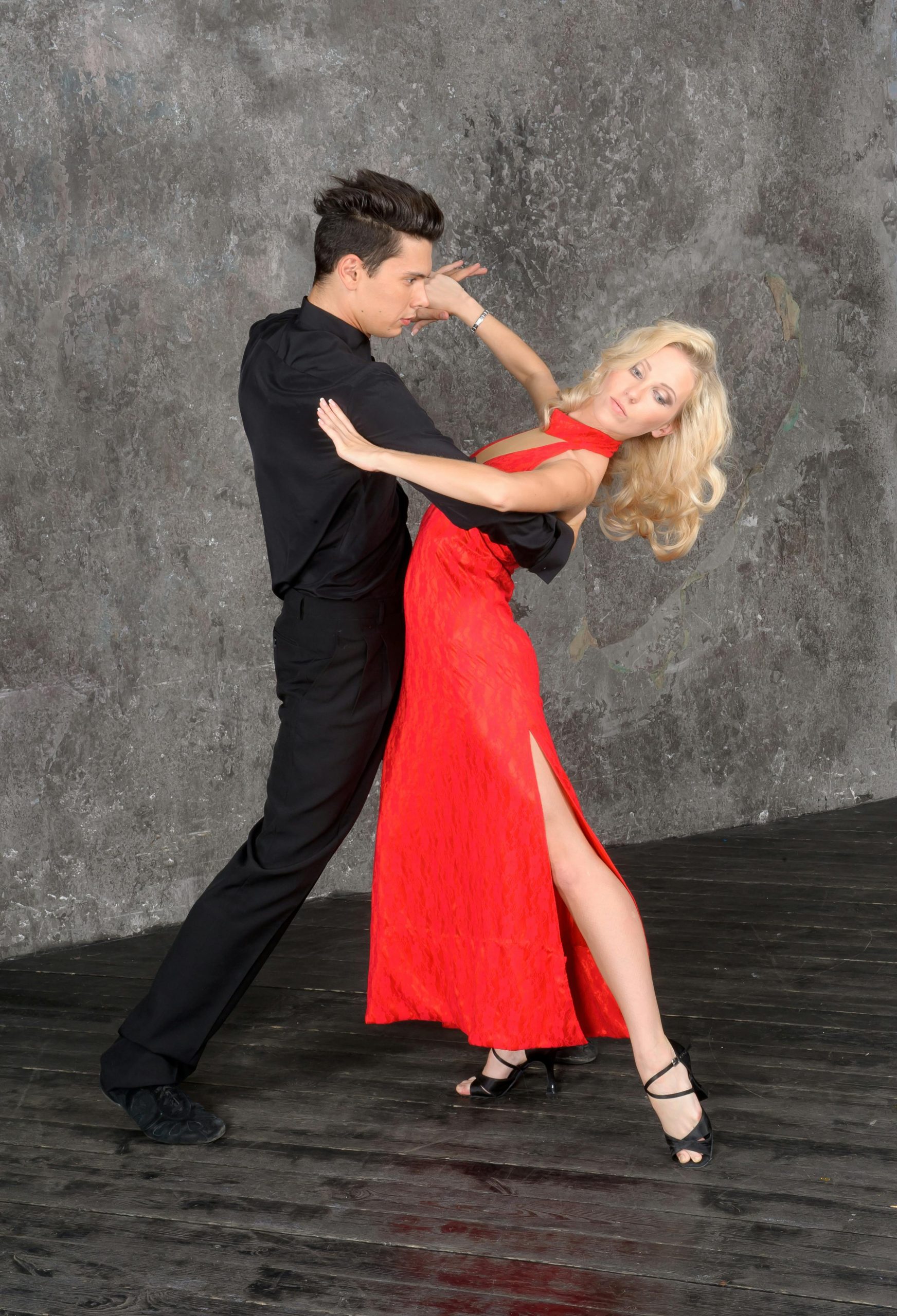
Introduction:
In recent years, the fashion industry has witnessed a significant shift towards inclusivity and diversity, challenging traditional norms and embracing a broader spectrum of identities. At the forefront of this transformation is the emergence of gender-neutral fashion, a movement that seeks to dismantle the binary constraints of menswear and womenswear. This article explores the rise of gender-neutral fashion, its impact on the industry and society, and the brands and designers leading the charge toward a more inclusive future.
The Evolution of Gender-Neutral Fashion:
Gender-neutral fashion is not a new concept; it has historical precedents in various cultures and periods where clothing was not strictly divided by gender. However, its recent resurgence and mainstream acceptance reflect a growing recognition of gender fluidity and a rejection of traditional gender roles. This movement towards androgynous and unisex clothing represents a significant cultural shift, with fashion serving as both a mirror and a catalyst for changing societal attitudes towards gender.
Key Features of Gender-Neutral Fashion:
- Design Philosophy: Gender-neutral fashion emphasizes functionality, comfort, and individuality, often featuring loose, fluid silhouettes that defy conventional gendered styling.
- Fabric and Color: Moving away from the stereotypical palette associated with men’s and women’s clothing, gender-neutral collections embrace a wide range of colors and materials, focusing on the quality and texture of fabrics rather than their gender connotations.
- Inclusive Sizing: A hallmark of gender-neutral fashion is its approach to sizing, offering a more inclusive range that accommodates diverse body types without adhering to the traditional binary size charts.
Impact on the Fashion Industry and Society:
- Redefining Norms: Gender-neutral fashion challenges and redefines traditional norms, encouraging a more fluid and inclusive understanding of identity and self-expression.
- Empowerment and Visibility: For individuals who do not identify strictly as male or female, or who reject traditional gender roles, gender-neutral fashion offers visibility and a means of expressing their true selves without compromise.
- Influence on Major Brands: Recognizing the demand for more inclusive options, major fashion brands and retailers are expanding their offerings to include gender-neutral collections, signaling a shift towards more inclusive marketing and product development strategies.
Leading Figures and Brands:
Designers and brands such as Rad Hourani, Telfar Clemens of Telfar, and established fashion houses like Gucci under Alessandro Michele’s direction have been instrumental in bringing gender-neutral fashion to the forefront of the industry. Their work, characterized by innovative designs that transcend gender boundaries, has not only garnered critical acclaim but also inspired a broader conversation about inclusivity and diversity in fashion.
Challenges and Future Directions:
Despite its growing popularity, gender-neutral fashion faces challenges, including market acceptance, the potential for cultural appropriation, and ensuring that inclusivity extends beyond design to encompass all aspects of production and marketing. Looking forward, the continued evolution of gender-neutral fashion will likely hinge on the industry’s ability to address these challenges while staying true to the movement’s inclusive ethos.
Conclusion:
The rise of gender-neutral fashion marks a pivotal moment in the fashion industry’s journey towards inclusivity and diversity. By blurring the traditional lines of gendered clothing, it not only offers a new avenue for self-expression but also reflects and promotes a broader acceptance of gender fluidity in society. As this trend continues to evolve, it holds the promise of a more inclusive future where fashion celebrates identity in all its forms.
In embracing gender-neutral fashion, the industry takes a significant step toward a world where clothing is not just about the fabric we wear but about expressing who we are, in all our diversity and complexity.

